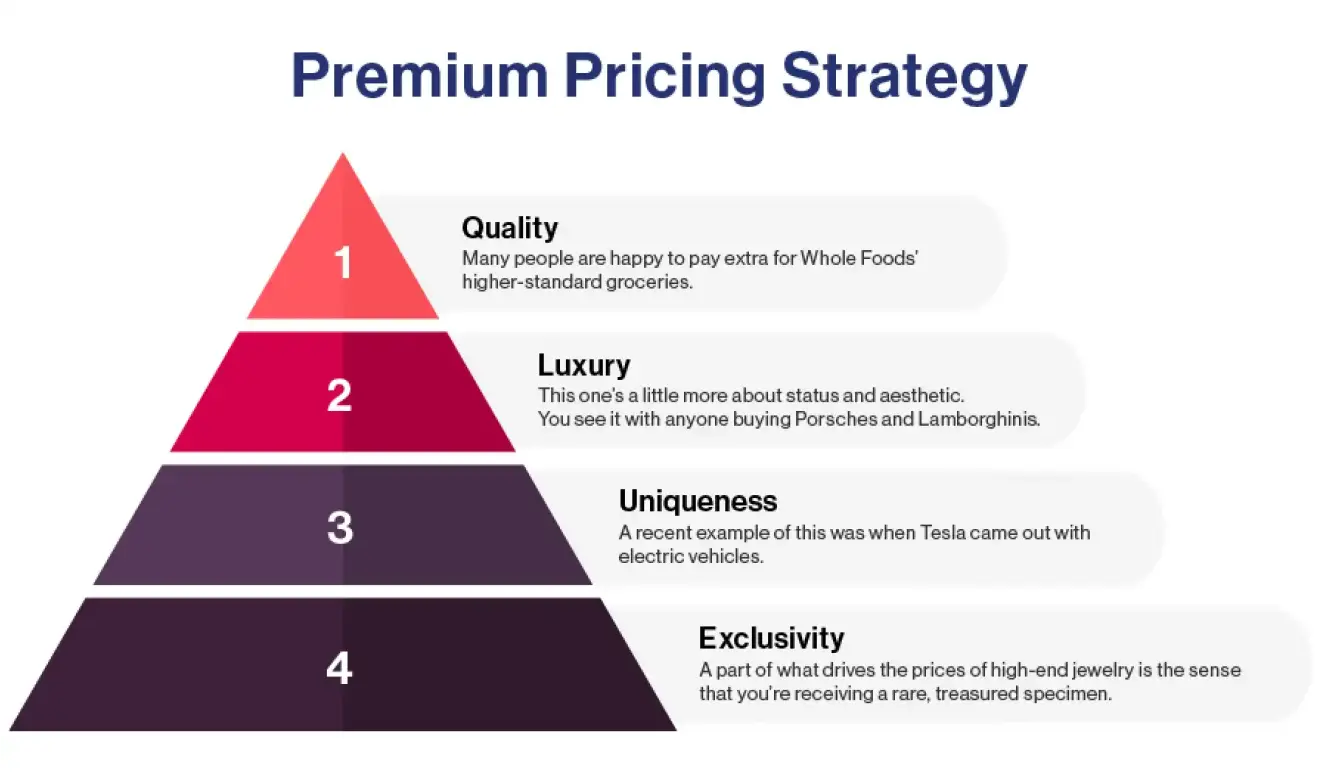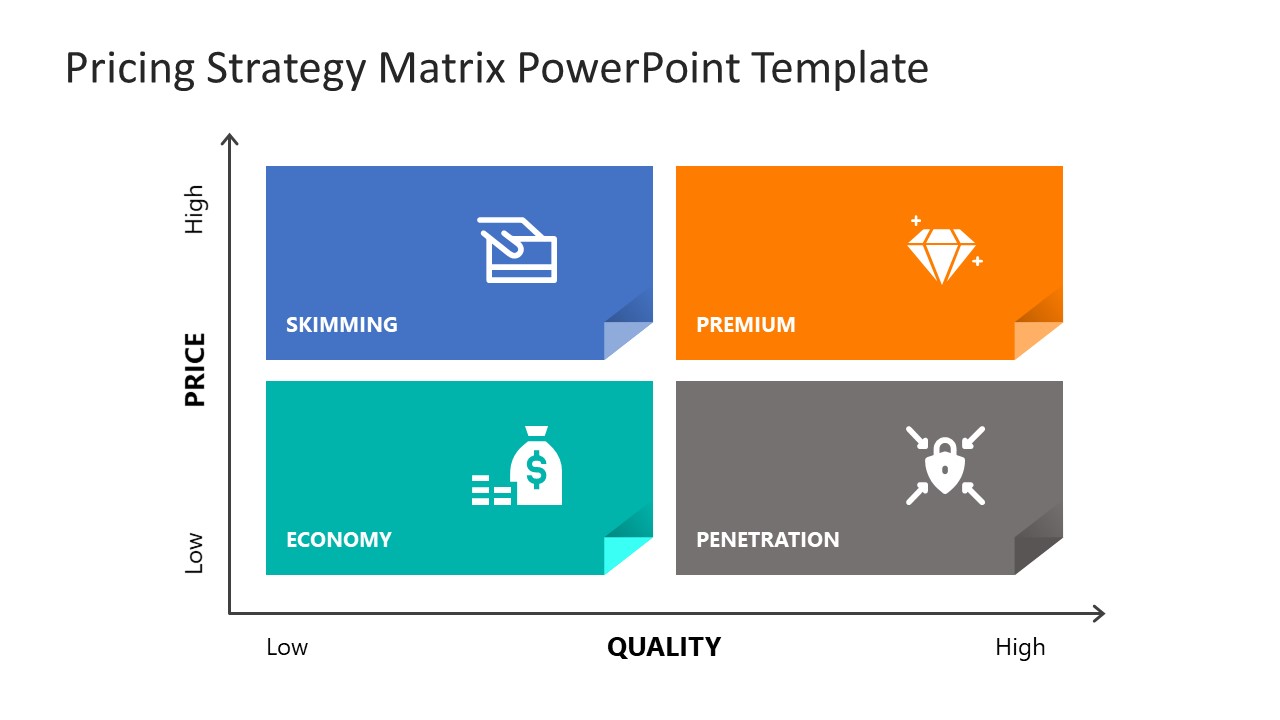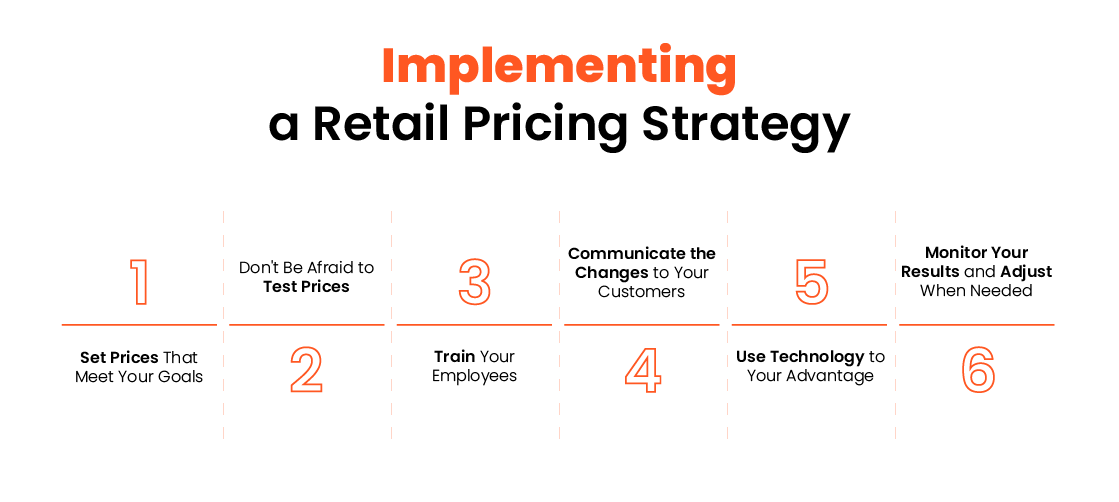Creating a Dynamic Pricing Strategy to Keep Ahead of the Competition
Creating a Dynamic Pricing Strategy to Keep Ahead of the Competition
Blog Article

Master Effective Rates Methods to Maximize Profit
In the ever-evolving landscape of business, mastering reliable pricing techniques is crucial for businesses aiming to optimize revenue. A nuanced understanding of rates psychology can dramatically affect consumer actions and buying choices.
Recognizing Rates Psychology
Comprehending rates psychology is crucial for businesses aiming to maximize their prices approaches. This field takes a look at just how consumers view prices and how these perceptions influence their investing in decisions. Key concepts in rates psychology include the anchoring result, where the initial cost provided offers as a referral point for consumers, and the concept of price sensitivity, which differs among various consumer segments.
Additionally, services can take advantage of the idea of regarded value, where the viewed advantages of a product and services can validate a greater price factor. As an example, premium pricing can develop an aura of exclusivity, attracting customers that link higher costs with premium quality. On the various other hand, mental rates, such as establishing a rate at $9.99 rather than $10, can dramatically impact customer actions by making prices appear more appealing.
Furthermore, deficiency and necessity can enhance the regarded worth of items, prompting quicker purchasing decisions. Comprehending these emotional triggers enables businesses to develop rates methods that not only drive sales however additionally foster consumer commitment. Hence, understanding prices psychology is crucial for efficient pricing approach formulation, leading to improved productivity and market positioning.
Executing Value-Based Rates

First, conduct thorough market research to determine the value vehicle drivers for your target audience. This can consist of features, top quality, brand name online reputation, and client service. Next, section your clients based upon their determination to pay and the worth they regard. By doing so, you can customize offerings and prices strategies to straighten with different sectors.
After collecting understandings, collection costs that mirror the optimum amount a consumer wants to pay, ensuring that they perceive a fair exchange for the worth got. Interact the value proposition successfully, highlighting the benefits and differentiators of your offering. Lastly, constantly check market conditions and client responses to refine your pricing approach with time - Pricing Strategy. By executing value-based prices, organizations can enhance productivity while fostering long-lasting customer commitment.
Checking Out Dynamic Pricing Versions
In today's swiftly transforming market landscape, dynamic pricing designs have become a powerful approach for companies seeking to maximize profits and reply to fluctuations in need. These models enable business to adjust their costs in real-time based upon various factors such as customer habits, market fads, and inventory degrees. By leveraging data analytics and formulas, businesses can identify optimal rates points that maximize sales while staying affordable.
Dynamic pricing can take various types, including time-based prices, where rates rise and fall based on time of day or period, and demand-based pricing, which changes prices according to current customer need. This adaptability not only improves earnings but likewise boosts client contentment by offering costs that show real-time market conditions.
Carrying out dynamic rates requires a durable technical facilities and a deep understanding of consumer segments. Transparent communication about prices modifications can aid reduce client discontentment and foster trust, ultimately leading to sustained earnings in a competitive marketplace.
Studying Competitor Prices
Keeping track of competitor prices is important for companies aiming to maintain an one-upmanship in their corresponding markets. By analyzing competitors' rates strategies, business can recognize market fads, comprehend consumer choices, and adjust their prices accordingly. This evaluation includes celebration data on competitors' costs, marketing techniques, and item offerings to notify prices choices.
To properly analyze competitor rates, services must make use of numerous devices and methods, such as price tracking software, market study records, and client feedback. This information can expose exactly how competitors place their items and solutions, enabling services to differentiate their offerings or embrace similar strategies to remain relevant.
Furthermore, it is crucial to categorize rivals right into straight and indirect rivals. Straight rivals use comparable services or products, while get more indirect competitors might meet the very same consumer requirement with different options. Comprehending the subtleties in between these teams will allow services to tailor their rates approaches a lot more successfully.
Inevitably, recurring competitor rates analysis is essential for making educated pricing choices. It enables companies to continue to be nimble in action to market changes, ensuring they can confiscate opportunities and alleviate risks connected with pricing techniques.
Assessing Rates Performance
Understanding how rival rates influences market characteristics results in a natural focus on reviewing pricing performance within one's own organization. This examination is essential for determining locations of toughness and opportunities for improvement, inevitably enhancing productivity.

In addition, conducting regular prices audits can expose discrepancies in between expected and actual performance. This entails comparing rates information throughout various sections and channels to understand variations and recognize fads. Integrating client responses can give insights into viewed value versus real rates, ensuring positioning with market expectations.
Last but not least, leveraging data analytics devices can facilitate much additional hints deeper insights into pricing performance, making it possible for companies to make data-driven changes (Pricing Strategy). By constantly examining pricing efficiency, companies can adjust to market adjustments and enhance their techniques, making sure sustained earnings in an affordable landscape
Final Thought
Efficient prices techniques are important for optimizing earnings in an open market. By leveraging pricing psychology, services can boost viewed value and dressmaker rates to diverse customer sectors. The adoption of vibrant and value-based prices versions helps with real-time changes based upon need and client willingness to pay. Additionally, continuous evaluation of competitor rates and efficiency metrics makes sure calculated dexterity. Ultimately, an extensive strategy to rates not only drives success but also fosters customer fulfillment and loyalty.
Recognizing pricing psychology is crucial for organizations aiming to optimize their pricing techniques. Comprehending these emotional triggers makes it possible for services to formulate pricing methods additional reading that not only drive sales however additionally foster client loyalty. Thus, mastering rates psychology is necessary for effective prices method formulation, leading to boosted success and market positioning.
By examining competitors' prices strategies, business can identify market trends, comprehend consumer preferences, and readjust their pricing as necessary. By leveraging pricing psychology, organizations can enhance viewed worth and tailor pricing to diverse consumer segments.
Report this page